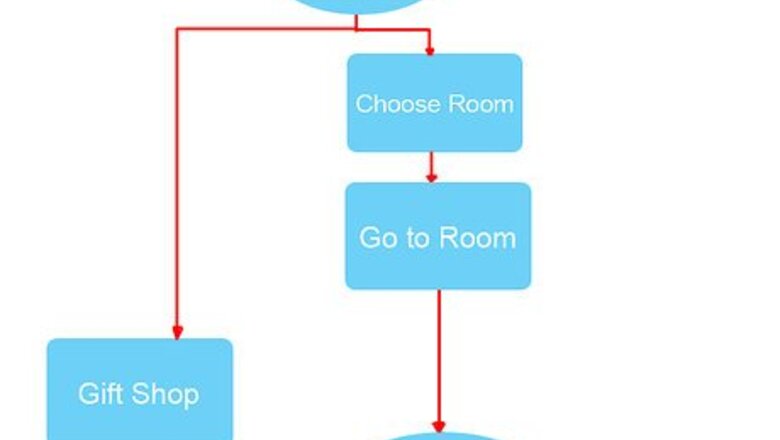
views
By putting your museum online though, you can expand this audience to the world. You will need some knowledge of HTML coding, a high-quality digital camera and the patience to see your dream to fruition.
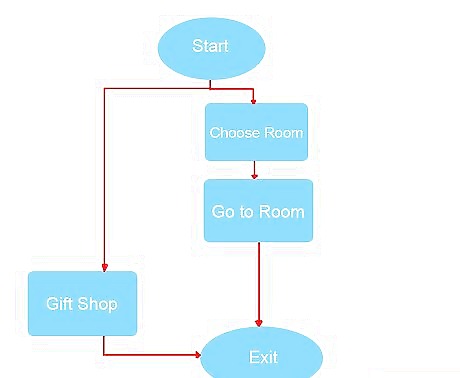
Create a flowchart of your online museum. Just like in a real museum, try to imagine the home page as the lobby. Welcome visitors to the online museum and include plenty of links to the different "galleries" you have on display. If you can, try to include pictures with your links. This will help present a more visual and user-friendly environment.
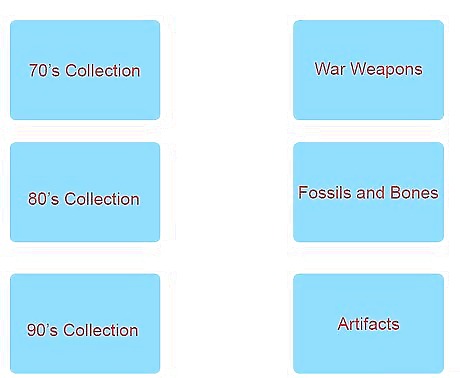
Construct your galleries. As you build your web page, try to divide galleries into different "rooms" like you would find in a museum. Group associated concepts together. For example, if your museum is about American history, start one page for the early-colonization period, another for the revolutionary war and another for the drafting of the constitution. It may be helpful to include links to the next gallery in sequence at the bottom of the page. This will help the visitor feel more like they are in an actual museum, passing from one room to the next.

Add pictures to your galleries. As you program your web page, include pictures you have taken of the things in your real museum, with captions alongside them. Make sure to be descriptive with the items. For example, if you have a picture of the Hope Diamond, don't just say "The Hope Diamond"; instead, give a short description on it, namely "The Hope Diamond, a rare deep-blue diamond, has an extensive history which is believed to trace back to India." If you have more information, be sure to include a link to that next to your initial explanation.
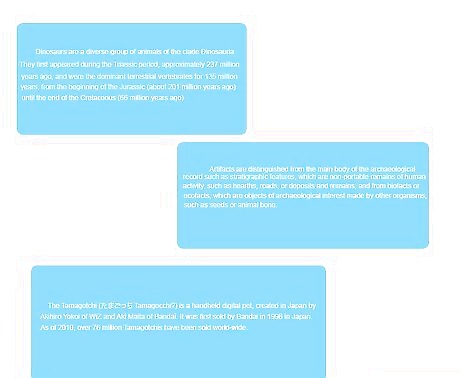
Link in additional information and copies of documents. This will give researchers and those who are just curious the opportunity to read deeper into the information presented and to see the source. Be sure to include these links next to the photos and short descriptions they pertain to. This will help satiate the visitors' curiosity and give them the means to learn even more than they might be able to in a traditional museum.
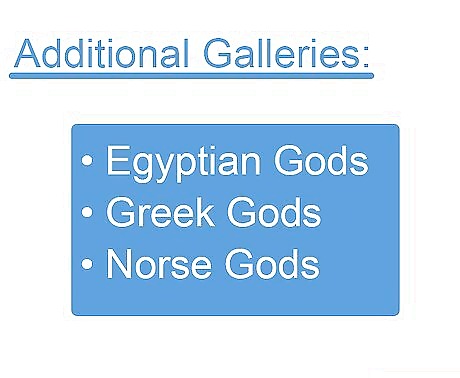
Keep expanding. Although your web page might start with one or two galleries, keep working on it and adding in more. Even if you do it little by little, your museum will begin to fill out and before long you will find that it is full of useful and interesting information. Remember that because your museum is online, you do not need to worry about constraints like floor space. You have the ability to do something that no other museum in the world can.
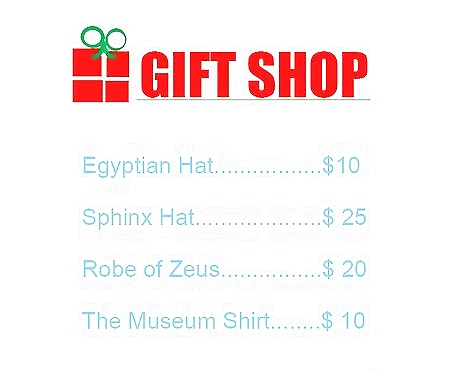
Consider opening a gift shop. If the page you are building is for a real museum and you have the means to do so, you may want to include a small online store where visitors can buy items available in your real museum's gift shop. This will allow the museum to collect income off the website and will allow visitors to purchase books and other information that may help them in continued research. Just be sure that your site is secure enough to process credit card information, and that you actually have the ability to ship these items to the website visitor.

















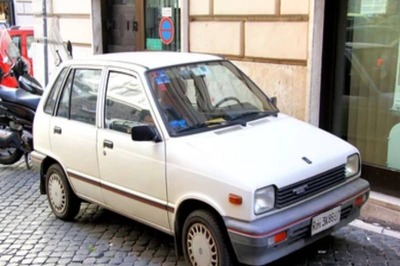


Comments
0 comment